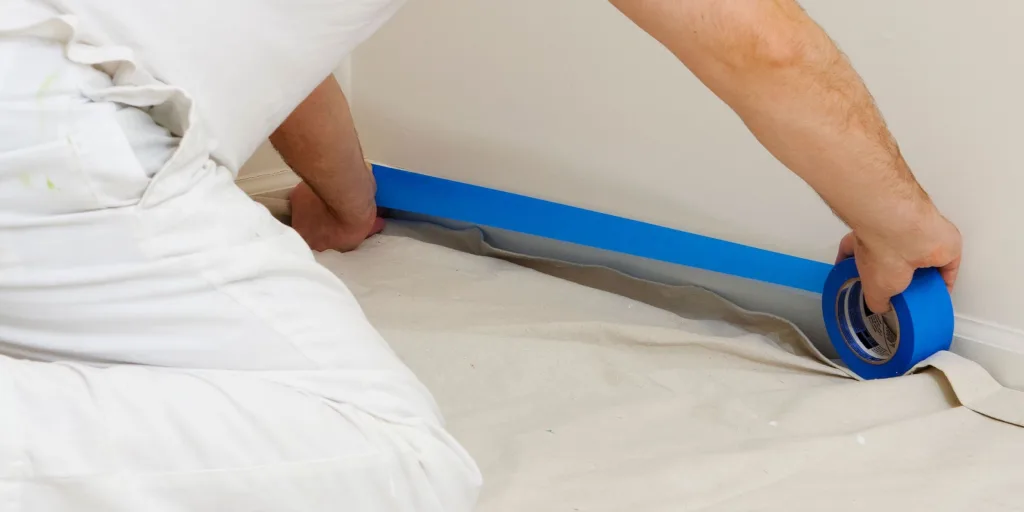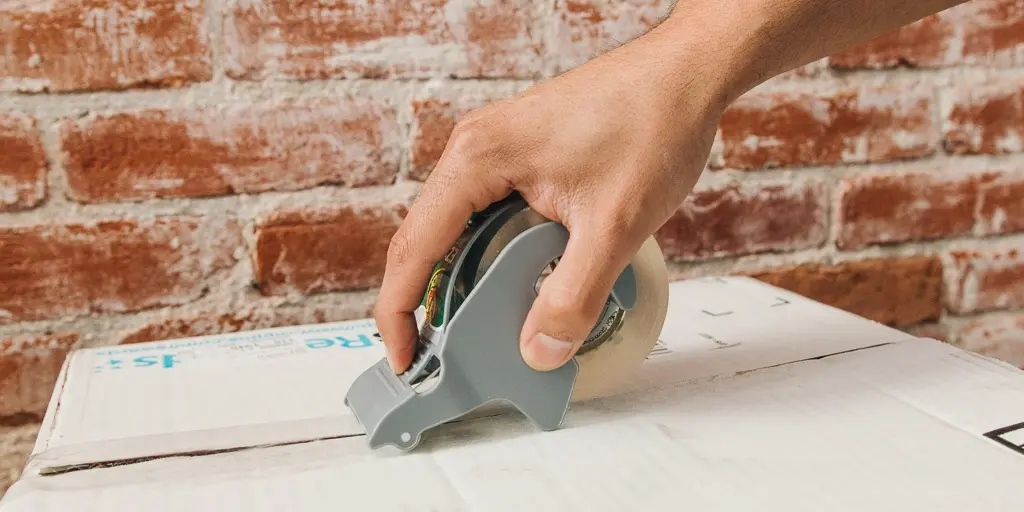Have you ever considered how many roles a simple roll of packing tape plays in the bustling world of logistics and packaging? It’s not just a tool for sealing boxes; packing tape is a reliable partner in ensuring that products reach their destination safely and efficiently. This article explores the versatility of packing tape, offering insights into best practices and innovations in automated packaging.
How to Optimize Automated Case Packaging?
Streamlining Your Packaging Process
Developing systematic and cost-effective packaging and shipping processes that ensure products leave your facility safely and securely is no simple task. By some estimates, a single package can encounter over 20 touchpoints on its journey to a consumer’s doorstep within the e-commerce and direct-to-consumer (DTC) supply chain. This extensive journey increases the potential for packaging failures, damaged goods, and open returns. As businesses increasingly rely on direct fulfillment centers (DFCs) to meet surging demands, it’s critical to gain throughput efficiency while ensuring secure packaging without stretching profit margins.
Tip 1: Choose the Right Tape for Automated Case Sealing
The first and most effective way to avoid tape failures is to ensure you’re using the correct tape for your application. Rightsizing involves closely evaluating your packaging operation and selecting the right tape grade suited to the job. Consider variables such as carton size, weight, and the case-sealing environment to make an informed decision.
Pressure-sensitive packaging tapes generally fall into two main categories: acrylic and hot melt. While both types adhere well to various packing materials, hot melt tapes typically offer superior performance in automated applications due to their durability in single-parcel shipments.
Within the hot melt category, you can choose between production-grade and heavy-duty-grade tapes. Production-grade tapes measure 1.8 to 2.0 mils in thickness and are suitable for packages with minimal handling and shipping stress. Conversely, heavy-duty tape, which is 3 mils thick or greater, is specifically engineered for larger, heavy packages—like underfilled or overstuffed cartons—shipped via high-touch methods.
Tip 2: Identify Opportunities for Packaging Automation
The reliance on a reliable workforce is one of the significant challenges in the packaging and shipping industry today. In this context, automation plays a vital role, particularly in direct fulfillment center environments. Automated case sealing systems can significantly enhance efficiency, reducing the need for manual labor and facilitating consistent seal integrity and tape tab lengths. This also minimizes waste and boosts both reliability and profitability.
Tip 3: Eliminate Downtime in the Supply Chain
There’s simply no room for downtime in high-volume direct fulfillment center operations. As you rightsizing your packaging tape and identifying opportunities for automation, remember that the benefits of these adjustments are best realized with a commitment to minimizing downtime.
Downtime can result from unexpected issues, such as untaped cases, broken tape, or case jams, as well as predictable slowdowns like tape roll changeovers. Each of these scenarios brings your operations to a halt, draining resources and harming your bottom line.
Can You Open a Packaging Tape-Sealed Carton with a Knife?
Risks Associated with Using Sharp Instruments
An often-overlooked sealing issue many organizations face is damage from sharp instruments. Using a knife or another sharp object can cause a great deal of havoc along the supply chain, leading to various problems.
Personal Safety Concerns
In addition to the risk of damaging products, using a knife to open cartons poses a danger to workers. The costs associated with a single cut or laceration can be staggering, both in direct expenses like healthcare and worker’s compensation claims, and indirect costs such as lost wages and time spent replacing employees. Organizations should prioritize safer methods for opening sealed packages to protect their workers and their bottom line.
How Does a Packaging Tape Case Sealer Work?
Understanding Case Sealers
Primarily designed for industrial packaging, case sealers are essential for sealing cartons during packaging processes in readiness for shipment. There are two primary types of case sealer technologies:
Semi-automatic sealers, which require human assistance to close the minor and major carton flaps. The sealer then conveys the pre-closed package and applies tape.
Fully automatic sealers, which handle the entire process autonomously, conveying the package, closing the flaps, and sealing without manual intervention.
In contrast, a case erector is a piece of equipment that unfolds flattened corrugated boxes, closes the bottom flaps, and seals them, preparing them for filling. Typically, a case sealer is employed downstream to seal the top flaps and apply tape once the boxes have been filled.
Key Features of Effective Case Sealers
A high-quality case sealer and erector must match production speeds while incorporating specific features. It should be durably built to prevent shaking or vibration of the tape applicator during sealing. This shaking is particularly common with lower-cost fully automatic sealers.
Additionally, the tape applicator should be accessible for maintenance, facilitating quick repairs if issues arise during production hours. If the applicator is hard-mounted, valuable time will be lost to address straightforward maintenance tasks.
Moreover, the tape should have a short “thread path,” ideally contained within the tape applicator itself. If a long thread path is used, it’s crucial to understand the strain the tape will endure as it navigates the system. This may lead to the need for a thicker gauge tape than required, simply to ensure it can withstand the stretching forces during operation.
Related article: Best practice of packing tape.
What Kind of Packaging Tape is “Good to the Core?”
The Significance of “Good to the Core” Tape
When packaging professionals refer to a roll of tape as being “Good to the Core,” they mean that it can utilize every linear inch of tape on the roll, right down to the core.
This feature is particularly important for manufacturers operating packaging lines, as it mitigates costly waste and downtime. In industrial settings, a failure to use Good-to-the-Core tapes can lead to up to 10-20% tape wastage left on the core. Spotting “stub rolls” near automated case sealing lines is a sure sign of inefficiency.
Cost Implications
Every inch of tape discarded at the end of a roll translates into lost revenue. Moreover, if tape rolls need changing more frequently, it can cause production line interruptions. In high-pressure situations where every second counts, maximizing tape use becomes essential for both time and cost savings.
Conclusion
In summary, packing tape is a versatile tool integral to efficient packaging processes in today’s fast-paced supply chain. Understanding how to optimize automated case packaging, the risks associated with using sharp tools, the functionality of case sealers, and the importance of “Good to the Core” tape can significantly impact your operational efficiency and bottom line. At Fonitaniya Tape Companies, we’ve spent over 15 years providing innovative packing tape solutions that help businesses thrive in an increasingly competitive marketplace. Trust us to support your packaging needs with reliable and effective solutions.
FAQs
What is the best tape for packaging?
The best tape for packaging is pressure-sensitive packaging tape designed for optimal sealing.
How can you open a tape-sealed carton safely?
Use a tape dispenser or scissors instead of a knife to avoid product damage or personal injury.
What types of packaging tape are available?
There are various types of packaging tape available, including acrylic and hot melt tapes suitable for different uses.
How do automated case sealers work?
Automated case sealers convey packages, close flaps, and seal cartons without manual intervention.




